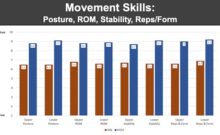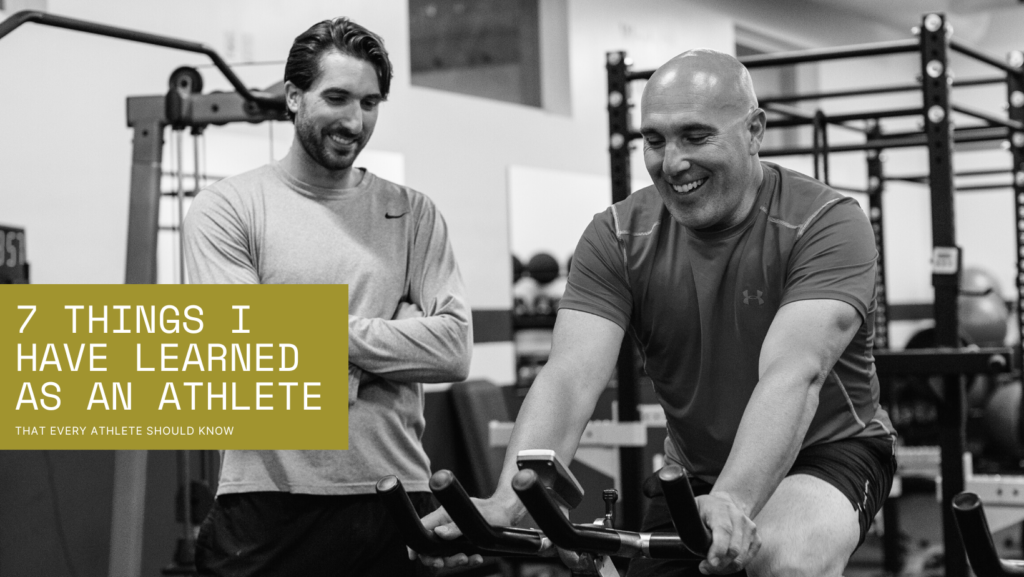
This week, more than 26 athletes I work with will take the journey to the 2022 Niagara Canada Games. In our last few weeks of preparations, I have been thinking a lot about what I can impart to these young athletes to help them realize their dreams on and off the field of play.
Here are my top 7:
#1: BUILD YOUR TEAM
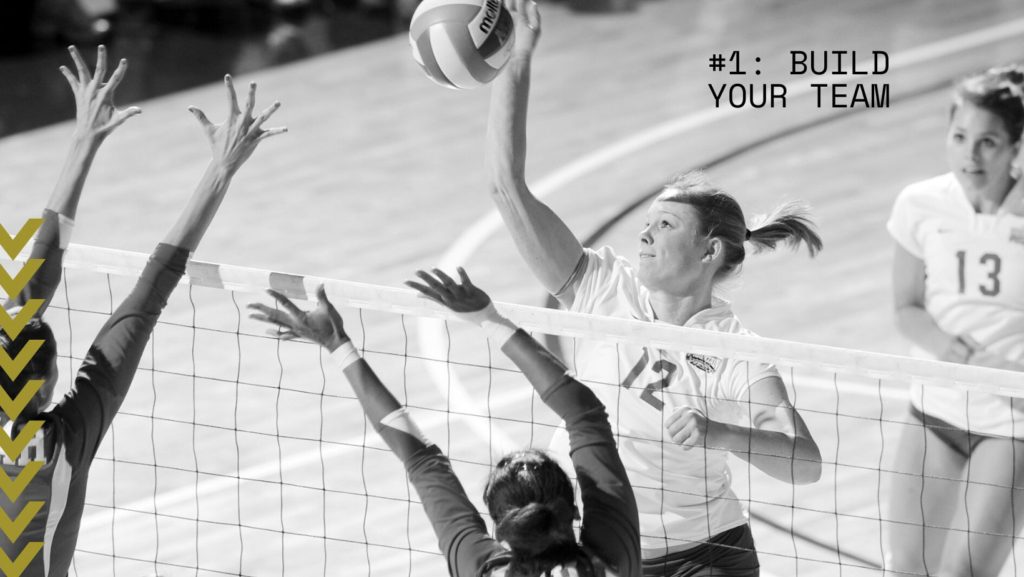
I will never forget my first call with sports and performance dietician Natasha McLaughlin-Chaisson. I had always considered myself super healthy and well-researched when it comes to fueling the body. I had experimented with a few diets and would have considered myself in the top percentile of athletes eating “well.”
In our first call, Natasha took an inventory of my diet. She told me I could be losing up to 18% of my power production because of poor macro ratios and meal timing. So I did what she asked. AND SHE WAS RIGHT. I could immediately feel a surge in energy and force production on court. It immediately made me think of playing the Canada Open in Calgary the previous year. I was 6.3% body fat and had run a 16.3 beep test. I got on the court, had ZERO gas in the gas tank, and lost easily to one of the top Australian players (a player I felt I could beat). It made me think about how many missed opportunities I had because I hadn’t built my team sooner.
#2 ONLY WORK WITH WORLD-CLASS PEOPLE

This one goes in part with building your team, but it is an explicit statement that you should only work with world-class people.
I spent many years inventing my game and my technique. I would scrounge up Youtube videos and travel across Canada looking for someone to teach me how to swing a damn badminton racket. I spent many years inventing my technique, then only having to re-invent it because it wouldn’t stand the test of the top 100 athletes in the world.
Money is the elephant in the room that no one likes to talk about. When I was coming up, I was often restricted by money. I was competing on what I could earn in the summers working – a few dollars coaching, a few grants, and eventually a small playing contract, sponsors, and a few tournament winnings. I always told myself when I was coming up that I couldn’t afford to work with the top coaches (usually because of price). But, looking back, I realize that I couldn’t afford not to work with those people. There are levels to any game, and working with the best of the best gets you to the closest form of truth. The best coaches cost more, but you have to invest in it- even if it means picking up an extra part-time shift to do it.
#3 LAY ONE BRICK AT A TIME
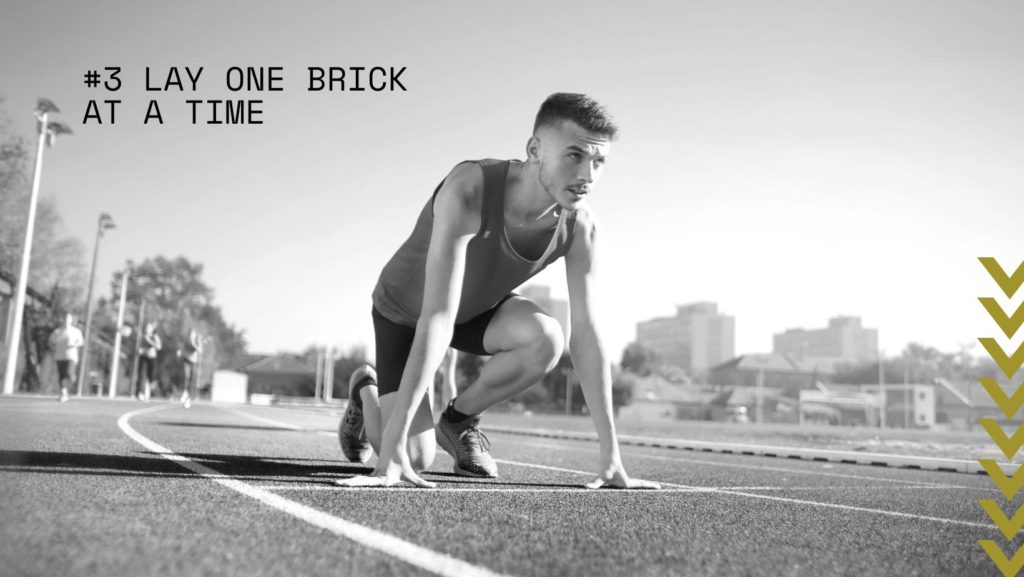
Here is something I think you guys will find fascinating. When I was 18 years old, my dream and only goal in life was to go to the Rio 2016 Olympics, and I didn’t plan to play Badminton a day past it. I would have been 26 at that time. So I started training full time and being serious about this goal when I was 20 years old. So basically, I gave myself a window of 6 years to invent, re-invent, and manifest myself into an Olympic athlete. To say I was in a rush was an understatement. Everything I was working on had the backdrop that I had to get it in a month or less, or I had no chance of being an Olympian.
Here is the interesting part. Today, I am 32 years old. My days are spent coaching, running my business, mountain biking, and trying to work out a few times per week. I am not in peak shape, but I’m probably still about 80% of it. My joints are in good shape, I look good and feel good about my body, and I’m confident that if I really wanted it, I could get back to peak shape pretty darn quick. Genuinely, in the back of my mind is the idea of making a run at LA 2028. I don’t want that anymore, and I have truly moved on, but the point is what once seemed like a rush now seems like a long-term horizon of endless possibilities.
#4 LESS IS ALMOST ALWAYS MORE

The biggest thing I see in young athletes who want success is they think that they need to do more and more and more. We live in a culture that glorifies a lifestyle of constant grind and constant competition and that you always have to do a little bit more than your peers to get ahead.
To put it in a badminton context, I would estimate that out of the millions and millions of people who play Badminton in the world. There are probably a few hundred thousand athletes who are genuinely committed to being great. When I say this, I mean that Badminton is their life. They wake up and devote themselves to training every day. Mentally they are in the pursuit of excellence. Out of those few hundred thousand, you have probably ten thousand who genuinely have the skill, access to resources, and physical and mental talents to develop themselves. As soon as you get into this top 1%, EVERYONE works hard. They all train twice a day, have coaches and are committed. Working harder will improve you, but it won’t take you to the top of the world.
As soon as you understand the science of adaptation, you realize that more is rarely the answer. Do less, do it well, and be super thoughtful about your actions. This is the path to success, young fellows.
#5 BALANCE IS THE KEY TO LONG-TERM PERFORMANCE
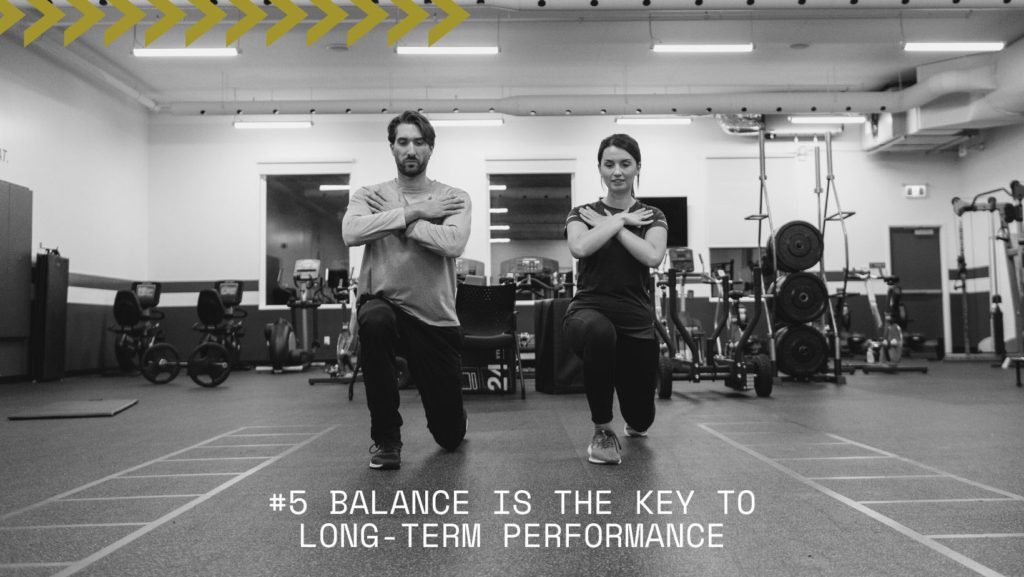
Around 2016-2017 I got diagnosed with Ankylosing Spondylitis (something I have written about here.) This was the main reason I had to take a step back from Badminton and start to think about my long-term health.
In taking that step back and zoning in on my health, here are some things I learned:
-I am lactose intolerant (DO YOU HAVE ANY IDEA HOW MUCH MILK I DRANK BEFORE EVENTS IN SOUTH AMERICA!!!!???)
-I have some real mobility restrictions in my hips and low back
-I don’t respond well to anti-inflammatory drugs
-While it may be vain, I perform better when I feel good about how my body looks
I say this to my athletes all the time:
The only way to be great at something is to do it a lot.
The only way to do a lot of something is to love the process.
The only way to love the process is to feel healthy and balanced in your pursuit along the way.
My point is take inventory of your long-term health, invest in yourself, and be balanced in everything you do – that is the sustainable and fun path to success.
#6 “INVEST IN THE PROCESS, SURRENDER THE OUTCOME”

This is a quote that I stole from Sports Psychologist Ryan Hamilton when he spoke at an event I put on. You have a clear goal and dream when you are an athlete, and it is easy to focus on that while losing sight of the process.
I will embarrassingly admit that I lost sight of the process as an athlete on many occasions. I was the guy meticulously calculating points, seeing what results I needed to qualify for specific teams and how that would line up with my Olympic goals. But you know what I have learned? The only people who calculate points are those who aren’t good enough to let their performances speak for themselves.
You need to let go of the outcome and think about your development as a natural and organic growth process. When you invest yourself in that way, you can and will manifest great things, but you have to stay on that track in the face of unlimited distractions.
#7 YOUR PRIORITIES WILL (AND SHOULD) CHANGE
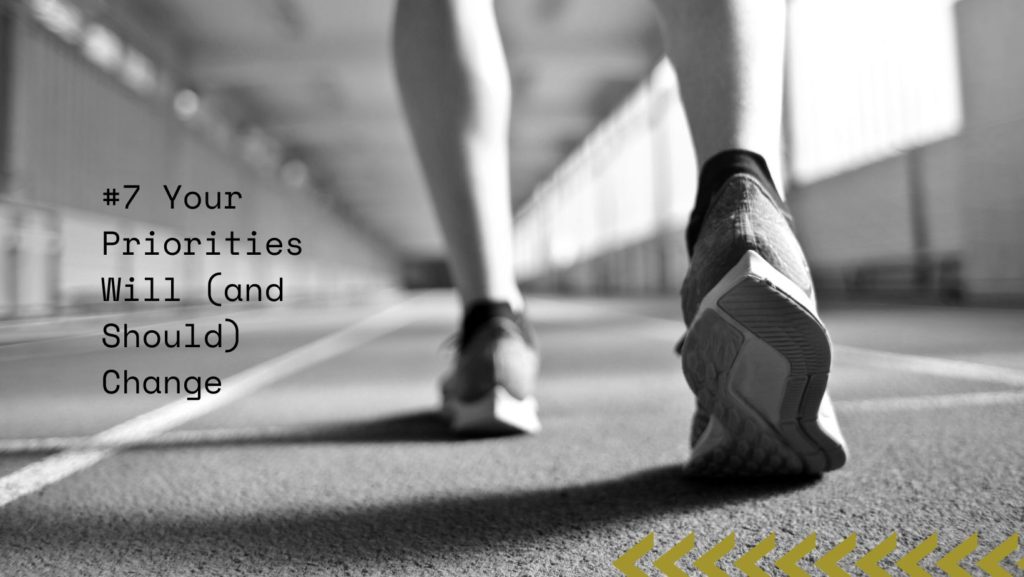
When I was 18 years old, there was no amount of suffering that I couldn’t endure achieving my goals. I would run 6km back and forth to training 2x per day, take overnight buses and sleep on floors at tournaments. I once slept in a closet at a holiday inn in Chile in the middle of a 72-hour trip home (a story for another day). I am 32 today, and moments before writing this, I was looking up how I could get access to the lounge at Houston Airport so I could have a slightly more pleasurable trip for an upcoming vacation. So my priorities have changed a lot.
The athletes I see make it over the long term find this balance. They have periods in their youth where they train like crazy, and then they grow into having nice training-life balances. So the point is you have to know when you are hungry and let that hunger drive you to do whatever it takes to move forward. When you need to chill, you need to relax. The pursuit of excellence is a never-ending process of self-evolution and self-awareness; you just have to understand yourself and where you are today.




